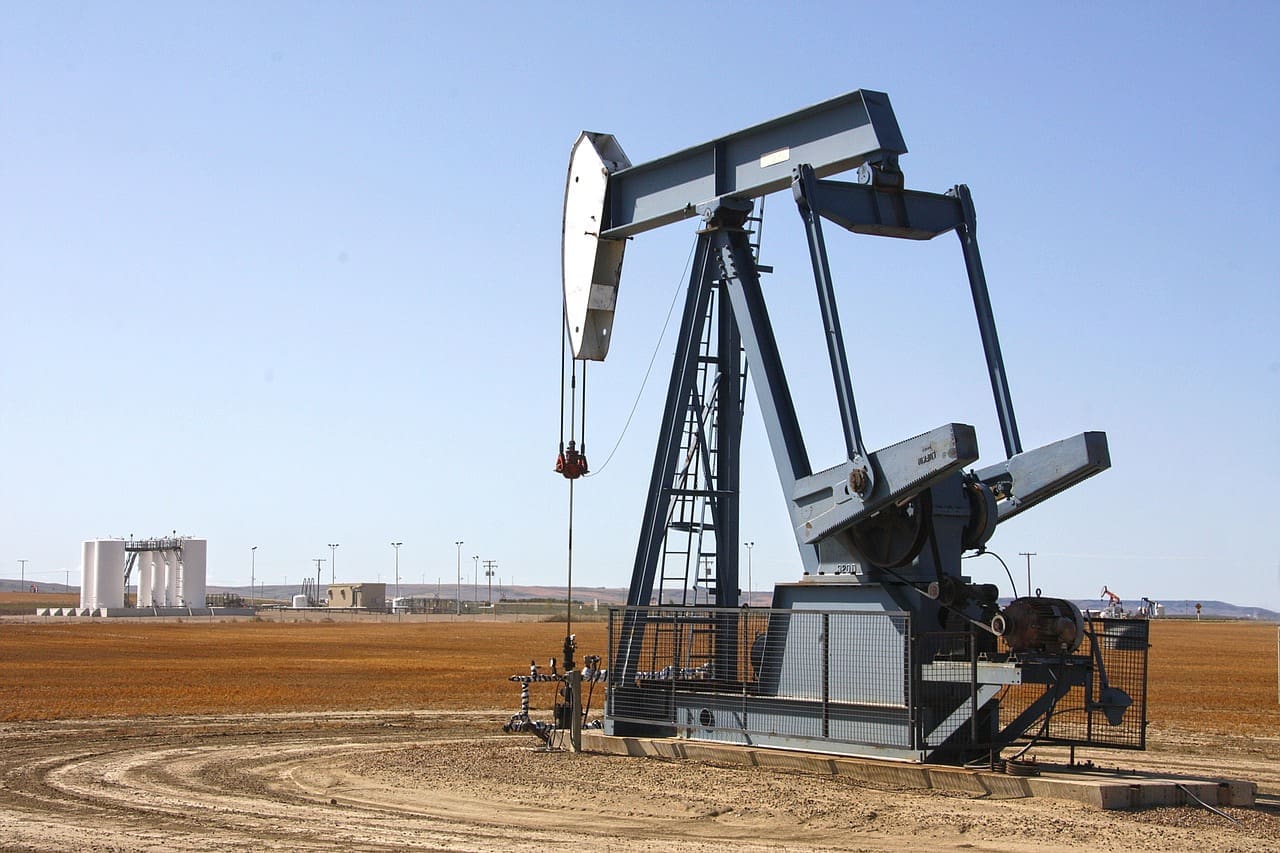Matador Resources Co. has been a contender in the Permian Basin and announced plans to produce more oil this year than the company previously predicted. Solidifying the Permian as a leader in domestic oil growth, Matador plans to produce approximately 98,500 to 101,500 bopd from the western sector of the famous formation. With previous predictions coming in at 96,500 bopd, the company’s latest announcement depicts a five percent increase from its original projection.
Matador’s increase in production surfaced early during the year, with each quarter showing greater production records than thought. Additionally, the company acquired new assets from an EnCap Investments LP agreement, and those showing flow rates surpassing what was initially expected.
The newly acquired assets, in conjunction with enhanced drilling efficiencies and hydraulic fracturing of multiple wells, propelled Matador’s production levels higher than expected and provided confidence in announcing its new numbers, which were publicized in the company’s recent earnings conference call with analysts.
Further expectations: Matador offered a snapshot of 2025 when the company reported expectations of producing more than 200,000 barrels of oil and natural gas equivalent per day next year. Joseph Wm. Foran, Matador’s Founder, Chairman, and CEO, indicated that the third quarter of this year was the best ever experienced in the company’s history, and with the acquisition of new assets, the company had shored itself up to continue the increase in production growth in 2025.
“Our confidence in Matador’s future is bolstered by the long track record of success achieved by both Matador I and Matador II,” said Foran in a Matador press release. “Over the last 40 years, Matador I and II have consistently grown shareholder value regardless of structure, industry cycles or volatility in commodity prices. Starting from scratch in 2003 with just $6 million in beginning equity capital, Matador II has grown to a market cap of approximately $6.5 billion. Matador now owns nearly 200,000 net acres in the Delaware Basin, which is believed by many to be the best basin in the United States. The Delaware Basin is also where we have 10 to 15 years of inventory with an average rate of return in excess of over 50% and rank among the top producers there in both size and profitability. During 2025, Matador expects to produce a record average amount of at least 200,000 BOE per day. Furthermore, Matador presently has over 600 million BOE in proved oil and natural gas reserves—again a record amount and a gain of nearly 150 million BOE over this same time period a year ago. Matador can also count on a midstream business that we estimate to be worth more than $1.5 billion net to Matador. Financially, Matador maintains a strong balance sheet with over $1.25 billion in liquidity as of September 30, 2024.”
Foran added that decreasing well costs directly impacted the company’s ability to increase production growth. Additionally, streamlining operations and enhancing strategies play critical roles.
“Much of the efficiency savings achieved by Matador during 2024 were driven by embracing certain operational innovations occurring in the Delaware Basin such as U-Turn wells, remote hydraulic fracturing operations and the optimization of simul-frac and trimul-frac completion operations,” added Foran. “For an example of our improvement in this regard, we expect to turn-in-line five new U-Turn wells during the fourth quarter of 2024. In doing so, we have successfully reduced drill cycle times on these five U-Turn wells by 30% as compared to the U-Turn wells we turned to sales in 2023. Remote simul-frac was utilized on four of the five 2024 U-Turn wells providing additional cost savings in the completing of these wells. The team estimated $3 million in cost savings per U-Turn well when compared to the alternative of drilling eight one-mile lateral length wells of equal aggregate length.”
Nick Vaccaro is a freelance writer and photographer. In addition to providing technical writing services, he is an HSE consultant in the oil and gas industry with twelve years of experience. Vaccaro also contributes to SHALE Oil and Gas Business Magazine, American Oil and Gas Investor, Oil and Gas Investor, Energies Magazine and Louisiana Sportsman Magazine. He has a BA in photojournalism from Loyola University and resides in the New Orleans area. Vaccaro can be reached at 985-966-0957 or nav@vaccarogroupllc.com.







